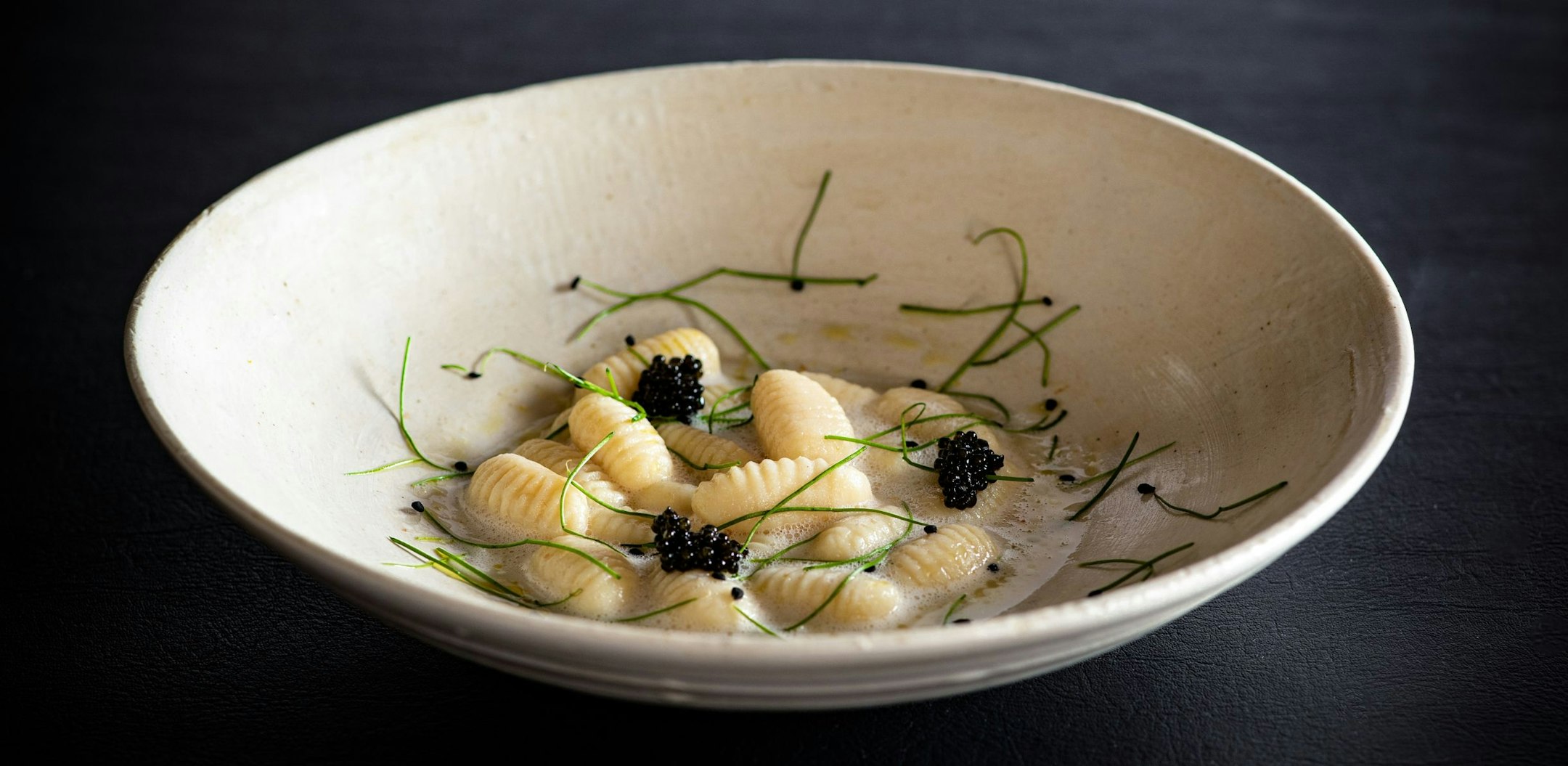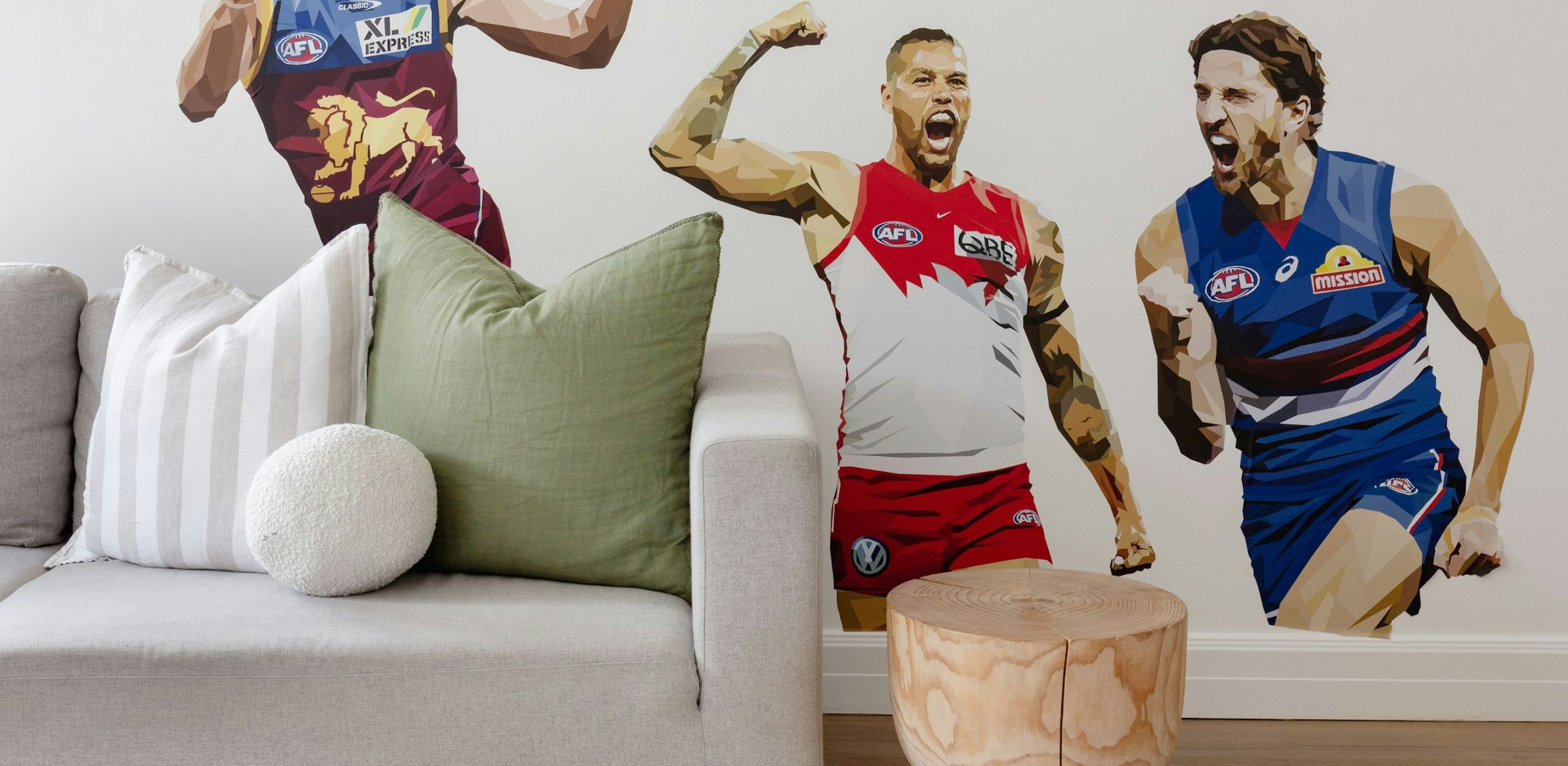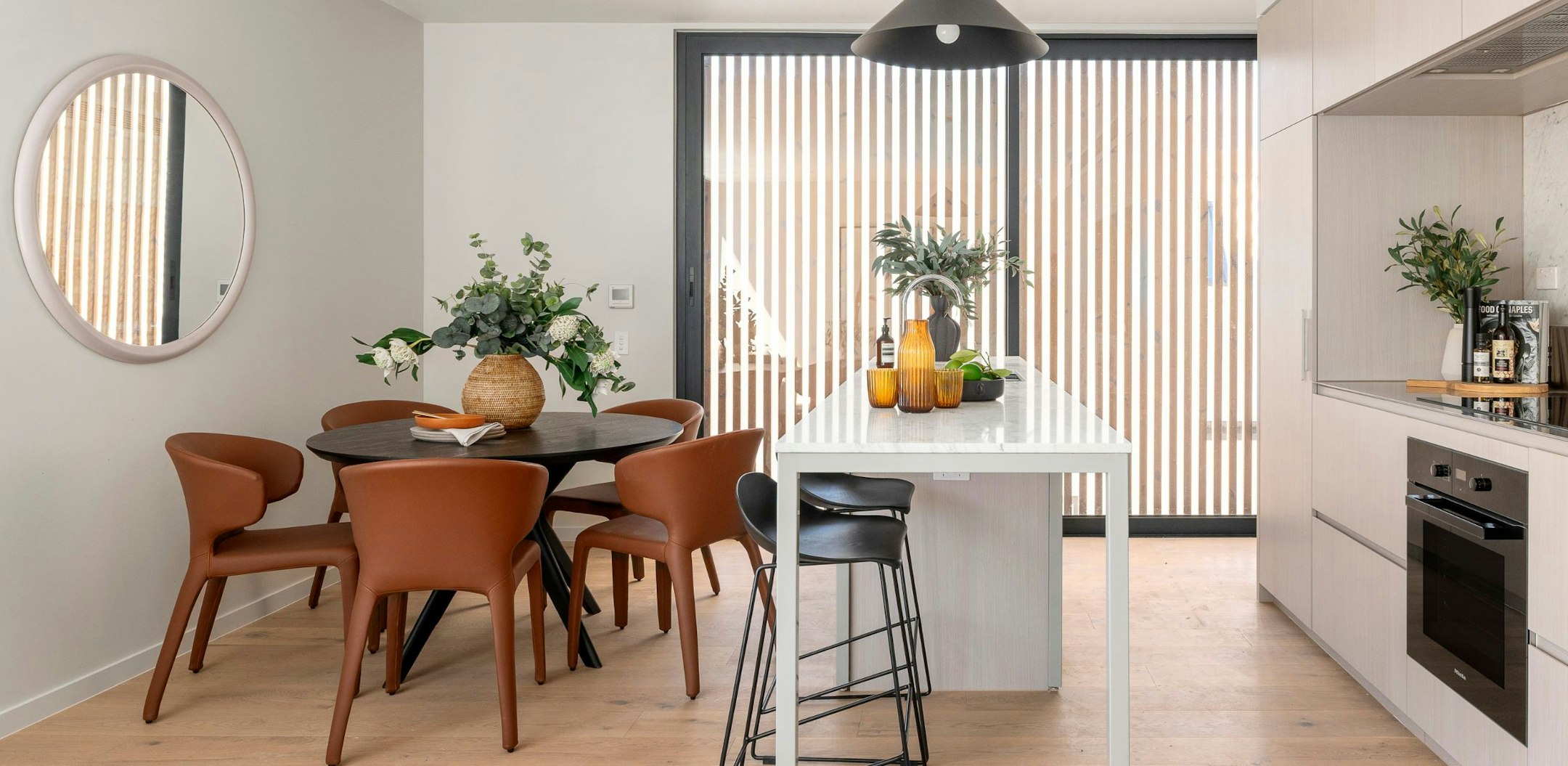David Steele, State Manager of Metro Property Development, is at the forefront of creating sustainable and attainable townhouse communities. With a focus on embedding eco-efficient design from the initial concept phase, Steele and his team are reconciling environmental sustainability goals with enhanced resident experiences in their modern townhome developments.
ProjectsIn conversation with David Steele from Metro
Next ArticleIn conversation with David Steele from Metro

Sustainable Solutions for Cost-Effective Living
20 June 2024
What are some of Metro’s signature environmentally sustainable design (ESD) features and green innovations that you incorporate into off-the-plan projects?
We endeavour to incorporate as many sustainability features as we can into our projects, including those that can be readily seen like EV charging points, ceiling fans, low VOC paint, and fully electric homes. Importantly, we also put a lot of effort into measures that are less obvious such as insulation, considered cross-ventilation and compartmentalised living zones.
How are sustainable features in new housing developments helping to address the rising cost of living for homeowners and renters?
We strongly believe that demonstrating and explaining the benefits of sustainability measures is worthwhile to ensure our buyers are aware of what has been done and why, in the hope that it will drive the discussion in the community, as there really is a huge difference between a newly built home and a house that was built 10+ years ago.
The way a project is designed and delivered is impactful on the final running cost for the residents who ultimately live in the homes; the more efficient a home is, the lower the cost to provide the necessary energy to run it. This is even more important to our residents in the current environment of constantly increasing energy prices, so using high-rated appliances and designing the home to not require as much energy are addressing the issue at the demand end of the equation, and installing solar and/or batteries assist with the supply side.
In what ways does Metro collaborate with architects, engineers, and other professionals to ensure that their projects meet or exceed industry standards for sustainability?
What we have found is that many of the most effective sustainability measures are embedded in the design of a project from day one – orientation of the homes, size and proportions of windows and openings, spatial allowances for sustainable design elements, etc. Given this, it's crucial to engage with the project team upfront on what the aim for the project is and what it is that we're seeking to achieve.
That is why for every project we deliver we will have a full team workshop to determine what the design themes are and how they could be included. It's very hard to "retrofit" the best sustainable elements further down the track!
What innovative sustainability design elements do you anticipate becoming standard as the industry continues to prioritise environmental responsibility and sustainable living?
A lot of the design elements that were included only on a small number of projects a few years ago are now becoming much more standard – which is great to see. Energy storage (through batteries) will become more popular as prices come down, and the reduction in reliance on gas will also continue.
Given the recent building cost increases that have hit the industry over the past couple of years, I anticipate that efficiency of design will become an increased focus. This isn't just in relation to physical inclusions but also clever designs of floor plans to ensure every square metre is considered and plays a role in increasing liveability for the resident. We have always sought to provide house-style accommodation at a townhome price to deliver a product that is attainable to our market, and this, I believe, will become more of a focus for others which will result in an overall more environmentally sustainable industry.
LEARN MORE



